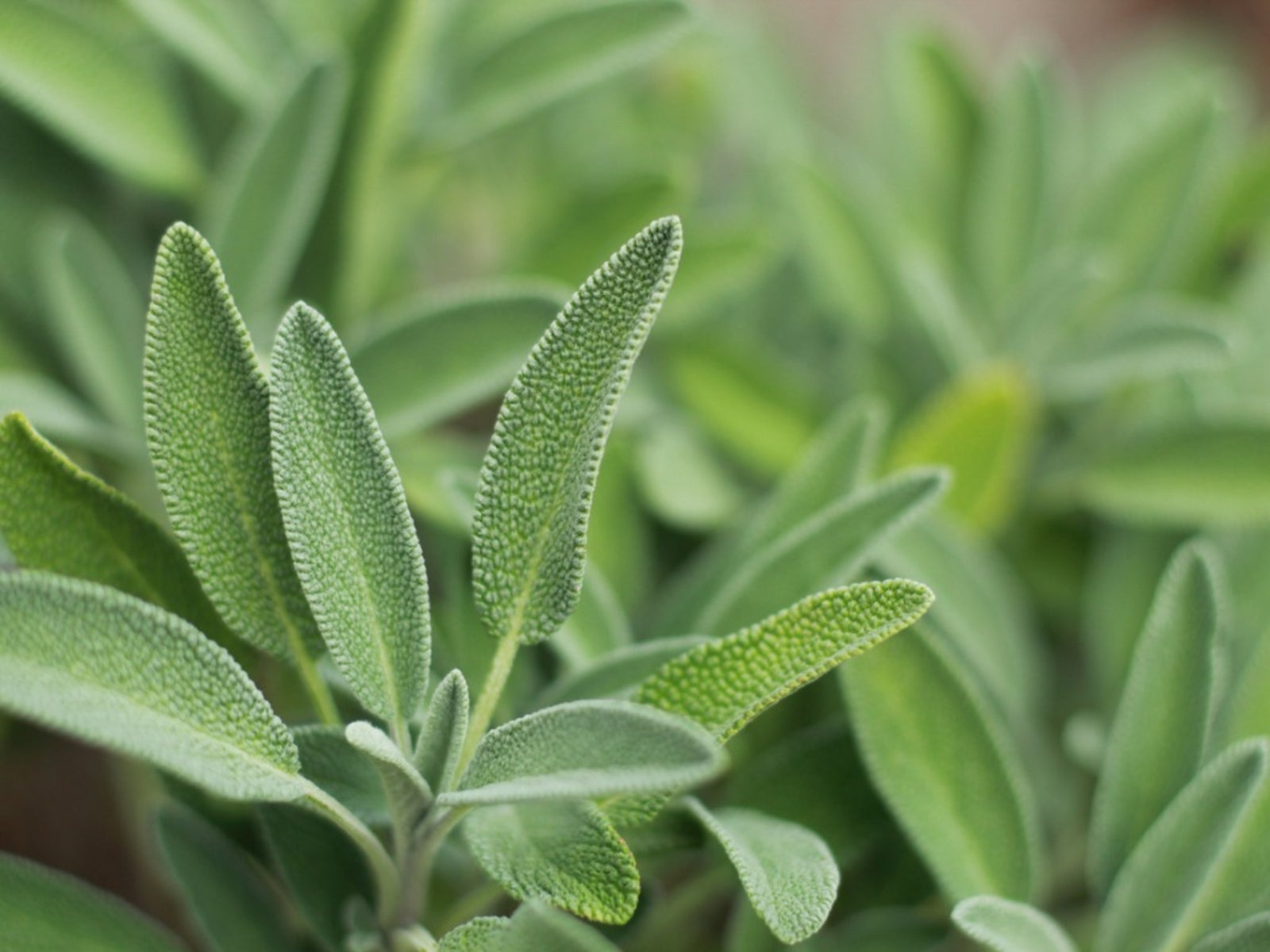What to plant with sage – Discover the secrets of companion planting with sage and unlock the potential for a thriving and productive garden. From enhancing growth to repelling pests, this guide explores the best companion plants for sage, providing you with the knowledge to create a harmonious and bountiful ecosystem.
Companion Plants for Sage

Companion planting with sage offers several advantages. It enhances growth, repels pests, and improves soil quality. Sage thrives when paired with compatible plants that share similar growing requirements and provide mutual benefits.
Sage, an aromatic herb, pairs well with other plants that thrive in its Mediterranean-like growing conditions. In zone 9, where the climate is warm and dry, consider planting sage alongside zone 9 flowering plants such as lavender, rosemary, and thyme.
These companions share similar water and nutrient requirements, creating a harmonious and fragrant garden space that supports the growth and well-being of sage.
Suitable companion plants for sage include:
Alliums, What to plant with sage
- Garlic and Onions: Release sulfur compounds that deter pests and enhance sage growth.
- Leeks: Their deep roots improve soil aeration and provide nutrients for sage.
Brassicas
- Cabbage and Broccoli: Their large leaves provide shade, reducing moisture loss in sage.
- Cauliflower: Its dense foliage attracts beneficial insects that prey on pests that can harm sage.
Legumes
- Beans and Peas: Fix nitrogen in the soil, making it available to sage.
- Clover: A groundcover that suppresses weeds and attracts pollinators.
Soil and Site Requirements for Sage and Companion Plants: What To Plant With Sage
Soil conditions play a vital role in the growth and health of sage and its companion plants. Proper soil pH, drainage, and fertility are crucial factors to consider for successful companion planting. Additionally, site selection is essential, taking into account sunlight exposure, water availability, and wind protection.
Soil Preferences
Sage and its companion plants have varying soil preferences. Sage thrives in well-drained, slightly alkaline soil with a pH between 6.5 and 7.5. Most companion plants, such as rosemary, thyme, and lavender, prefer similar soil conditions. However, some companion plants, like marigolds and nasturtiums, can tolerate a wider range of soil pH and fertility.
| Companion Plant | Soil pH Range | Drainage | Fertility |
|---|---|---|---|
| Rosemary | 6.5-7.5 | Well-drained | Moderate |
| Thyme | 6.5-8.0 | Well-drained | Low to moderate |
| Lavender | 6.5-7.5 | Well-drained | Low to moderate |
| Marigolds | 5.5-7.5 | Well-drained to moderately moist | Moderate to high |
| Nasturtiums | 5.5-7.0 | Well-drained to moist | Moderate |
Site Selection
In addition to soil conditions, site selection is crucial for the success of companion planting. Sage and its companion plants prefer full sun to partial shade. They require well-drained soil and adequate water availability, but they do not tolerate waterlogged conditions. Wind protection is also important, as strong winds can damage plants and reduce their yields.
Planting and Maintenance Practices for Sage and Companion Plants
:max_bytes(150000):strip_icc()/growing-sage-1402599-12-275432c21c2b46a0b3d639dda404011e.jpg)
Successful cultivation of sage and its companion plants requires proper planting techniques and ongoing maintenance practices. Understanding the optimal conditions for each species is crucial for ensuring their health and productivity.
Planting
The ideal time to plant sage and its companions is in spring or early fall, when the soil is warm and the weather is mild. Space sage plants 18-24 inches apart, while companion plants can be spaced according to their individual requirements.
Prepare the soil by tilling it to a depth of 12-18 inches and amending it with organic matter such as compost or manure. Dig a hole twice the width of the root ball and just as deep. Place the plant in the hole, backfill with soil, and tamp down gently to remove any air pockets.
Watering
Water sage and its companion plants deeply and regularly, especially during hot and dry weather. Allow the soil to dry out slightly between waterings to prevent root rot. Mulching around the plants helps retain moisture and suppress weeds.
Fertilizing
Fertilize sage and its companions lightly with a balanced fertilizer in spring and again in midsummer. Avoid over-fertilizing, as this can lead to excessive growth and reduced essential oil production in sage.
Pests and Diseases
Common pests that can affect sage include aphids, whiteflies, and spider mites. Diseases that may occur include powdery mildew, rust, and root rot. To prevent these issues, practice good sanitation by removing infected plant material and avoiding overcrowding. Organic control methods such as insecticidal soap or neem oil can be used to manage pests, while improving soil drainage and providing adequate air circulation can help prevent diseases.
Sage is a versatile herb that pairs well with a variety of plants. One excellent companion plant for sage is the large leaf tomato plant . The large leaves of this tomato variety provide shade for the sage, helping to keep it cool and moist.
In turn, the sage repels insects that can damage the tomato plants. This mutually beneficial relationship makes sage and large leaf tomato plants ideal companions in the garden.
When considering companion plants for sage, it is important to select species that complement its growth habits and provide mutual benefits. One such companion plant is the aromatic and versatile planta laurel de jardin ( planta laurel de jardin ). This evergreen shrub not only enhances the visual appeal of the garden but also attracts pollinators and beneficial insects.
Its fragrant foliage is known to repel certain pests, creating a favorable environment for sage to thrive.